Category: Permaculture
-
![Photo by Kathy Barnhart. She writes, “Chinese Houses, California Poppies, Lupines, Tidy Tips amidst the oak trees make such a wonderful palette. This area in Shell Ridge Open Space Preserve [CA] is tended by a large group of volunteers, encouraging native flowers and plants and weeding out invasives. What a gift they have given to all!”](https://quakerearthcare.org/wp-content/uploads/dynamic/2022/05/Native-California-Flowers-by-Kathy-Barnhart-424x283-c-default.jpg)
Spring is Here: Time to Plant Native Plants
By Jim Kessler. Native plants are adapted to the local area and its climate. Unfortunately, many of our beautiful non-native garden flowers provide little or no food for honeybees, native pollinators, songbirds, and other wildlife. Non-native plants have the potential to become invasive species, weeds that spread rapidly…
Read More -
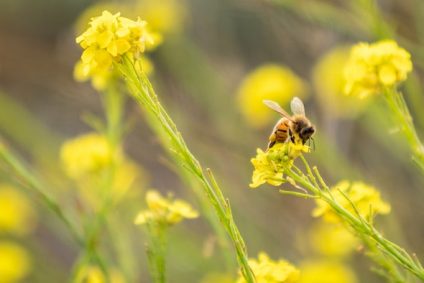
Permaculture: The Art of Designing Beneficial Relationships
By Carol Barta. Permaculture is said to be “the art of designing beneficial relationships.” Permaculture is a design science rooted in the observation of natural systems, the wisdom of traditional farming methods, and systems thinking. It uses both ancient wisdom and modern scientific and technical knowledge to create sustainable habitats…
Read More -
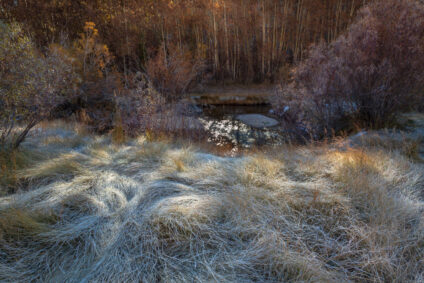
Important Reasons to Use Native Plants
Important Facts. Native plants are adapted to the local area and its climate. Unfortunately, many of our beautiful non-native garden flowers provide little or no food for honeybees, native pollinators, songbirds, and other wildlife. Non-native plants have the potential to become invasive species – weeds that spread rapidly and often crowd…
Read More -
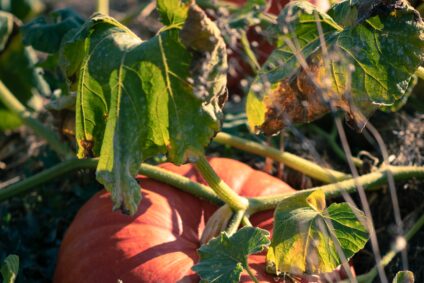
Ecological Principles of Permaculture
Three important ecological principles of permaculture are: The role that each organism plays, the niche it occupies; Understanding succession in natural ecosystems and using it to heal the soil and bring forth both annual and perennial crops; and including as much diversity in the garden space as possible, both of…
Read More -
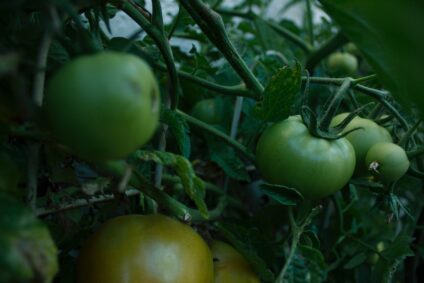
Introduction to Permaculture
The word “Permaculture” comes from two-word combinations: permanent and agriculture and permanent and culture. It is a design system that could potentially revolutionize what we call civilization. Largely used in homesteading or home and community gardens, rather than in large agricultural acreages, permaculture includes perennial vegetables and fruits, both bush and tree. In regards to culture,…
Read More -
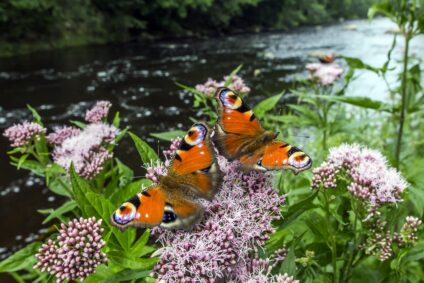
Planning, Planting, and Managing Your Butterfly and Pollinator Garden
NATIVE PLANT SELECTION, LAYOUT GUIDELINES, AND MANAGEMENT STRATEGIES FOR BUTTERFLY AND NATIVE POLLINATOR GARDENS Step 1: Location. Choose an appropriate spot for your garden. Step 2a: Strategies to Create Positive Public Perception Before Planting Consider the public perception of your native garden planting before you begin. Discuss your native garden…
Read More -
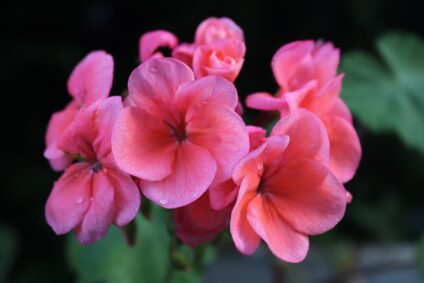
Choosing Native Plants for Pollinators in Your Area
As Sophie explained in her article, Shrinking or Transforming Your Lawn, it is important to use plants from your native area so that the ecosystem will flourish. The non-profit organization Pollinator Partnership promotes the health of pollinators through conservation, education, and research. You can use the tool on their website…
Read More -

Ecological Principles of Permaculture
Three important ecological principles of permaculture are The role that each organism plays, the niche it occupies; Understanding succession in natural ecosystems and using it to heal the soil and bring forth both annual and perennial crops; Including as much diversity in the garden space as possible, both…
Read More -
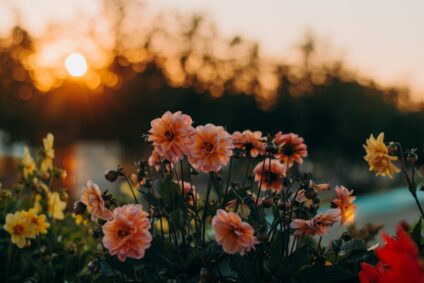
Important Reasons to Use Native Plants
Important Facts. Native plants are adapted to the local area and its climate. Unfortunately, many of our beautiful non-native garden flowers provide little or no food for honeybees, native pollinators, songbirds, and other wildlife. Non-native plants have the potential to become invasive species – weeds that spread rapidly and often…
Read More -
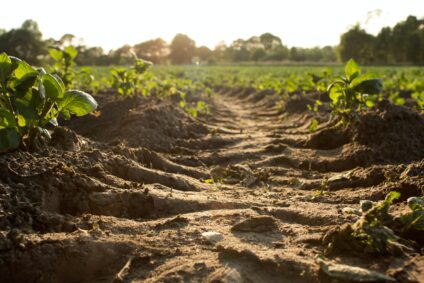
Practical Permaculture Methods: Start Today!
Permaculture, as much as possible, is an imitation of nature. Nature does not like bare soil; it is quickly filled up. A permaculture garden, except for paths, is filled chock-full with growing life. Soil is alive and miraculous. Rocks and organic matter decompose with the help of microscopic animals and…
Read More -
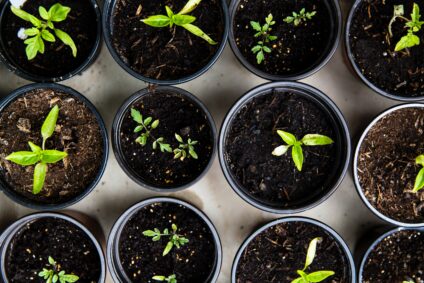
Planning a Permaculture Garden
Planning a permaculture garden is important; although much learning comes from experimenting with ideas. For instance, I tried planting potatoes in a “hugelkultur,” a pile of small sticks with a lot of compost over them (probably not enough in my case), and the yields were definitely smaller than planting them…
Read More -
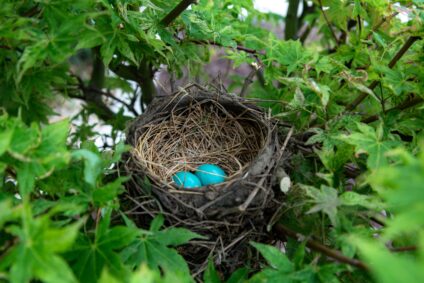
Birds, Plants, and Insects: What They Need
Today we are discovering new things every day about the relationships between plants and insects and humans. Chickadee babies eat thousands of caterpillars that their hard-working parents bring them. Around industrial farms, the insects have been killed with pesticides and there aren’t any caterpillars available. Even in our…
Read More -
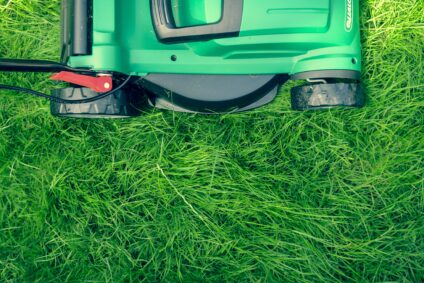
Shrinking or Transforming Your Lawn
Centuries ago, wealthy landowners in England, with lots of land and lots of sheep, pastured the sheep in front of their mansions and invented the present-day lawn. Eventually, more people adopted the practice of lawns, not with sheep, but with newly invented lawnmowers. Today, maintaining the lawns around our homes…
Read More -
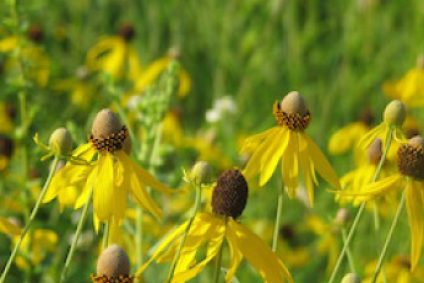
Quakers Caring for God’s Creation: A Kessler Family Journey
By Jim Kessler. SERENDIPITOUS moments are transformative intellectually and spiritually. In 1970, close to the first Earth Day, I was finishing a Masters in Biology at the University of Northern Iowa. I bought a Sierra Club book entitled A Moment in the Sun. Its clear description of the environmental crisis…
Read More -
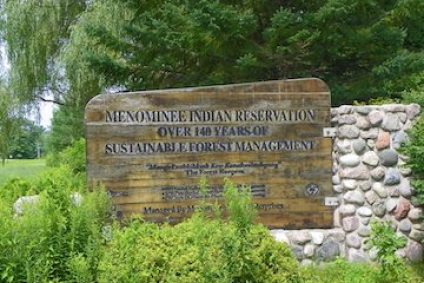
Flows Repeatedly: Learnings from the Menominee Nation
By Tom Small. NAPANOH PEMECWAN—Menominee for “flows repeatedly.” In nature, there is no foreground or background, no hierarchy, only relations, patterns of change and repetition. Train yourself to see the repeated patterns, to understand, feel, and identify with the flow. With these two Menominee words and their implications, Jeff Grignon,…
Read More -
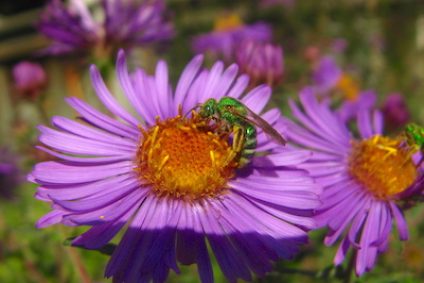
How to Help Pollinators in Your Own Neighborhood
By Dave Crawford. Robin Wall Kimmerer (Braiding Sweetgrass, 2014) suggests humans can restore natural landscapes as a gift to Earth in exchange for the gifts nature provides to humans. She suggests that Earth might say “thank you” to humans for doing this. I’ve done this in my yard, and Earth…
Read More